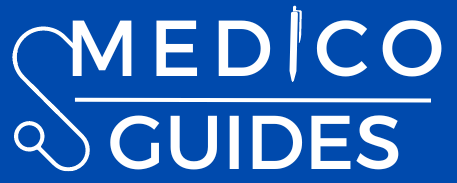Prepared by:
Chaman Zulfiqar (G12)
Compiled by:
Hafiz Muhammad Umair Noor (G12)
Nauman Waheed (G13)
Reference Books:
- NRA Forensic Medicine
- Shahbaz Forensic Medicine
F2-For-001:
- Def of forensic med from Shehbaz pg no. 2 + Branches of forensic med (not mentioned in book properly). Here I’m listing all these branches:
- Forensic Pathology
- Deals with determining the cause of death through autopsy.
- Helps in cases of unnatural, sudden, or suspicious deaths.
- Clinical Forensic Medicine
- Involves examining living individuals (e.g., in cases of assault, rape, drunkenness).
- Includes age estimation and injury certification.
- Forensic Toxicology
- Focuses on detecting and interpreting drugs, alcohol, and poisons in the body.
- Forensic Psychiatry
- Deals with the relationship between mental disorders and criminal behavior.
- Assesses criminal responsibility, competency, and insanity.
- Forensic Odontology
- Uses dental evidence for identification in mass disasters, bite mark analysis, etc
- Forensic Anthropology
- Identifies skeletal remains, estimates age, sex, stature, and ancestry.
- Forensic Serology and DNA Analysis
- Involves blood typing, semen analysis, and DNA profiling for identification.
- Forensic Entomology
- Studies insects on decomposed bodies to estimate time of death.
- Forensic Radiology
- Use of imaging (like X-rays, CT scans) in legal investigations (e.g., age estimation, fractures, hidden foreign bodies).
- Digital and Cyber Forensics
- Involves recovery and investigation of material found in digital devices.
- Forensic Ballistics
- Study of firearms, bullets, and ammunition to solve crimes involving guns.
F2-For-002:
- Def, types and stages of evidence from NRA chap 2, pg no 9, just below table 2.1
F2-For-003:
- Not given in book properly, You can do it from here:
In forensic medicine, accurate diagnosis of death is crucial for the following reasons:
1. Confirmation of Death: Forensic experts must confirm death beyond doubt before initiating any legal or postmortem procedures.
2. Time Since Death (Postmortem Interval): Early and accurate diagnosis helps estimate the time of death, which is vital in criminal investigations.
3. Determination of Cause and Manner of Death: Diagnosis lays the foundation for investigating whether the death was natural, accidental, suicidal, or homicidal.
4. Legal Proceedings: The diagnosis provides a medico-legal basis for court evidence, insurance claims, police reports, and inheritance rights.
5. Avoidance of Premature Burial or Cremation: Ensures that a person is not mistakenly buried or cremated alive due to conditions mimicking death (e.g., catalepsy, coma, hypothermia).
6. Organ Transplant Laws: In cases of brain death, forensic confirmation is necessary before organ harvesting, according to legal and ethical standards.
7. Protection Against Crime: Prevents concealment of crimes, such as murder being passed off as a natural death.
In forensic medicine, the diagnosis of death is not just medical—it’s a legal responsibility with major implications for justice and public safety.
F2-For-004:
- Shahbaz chap 4 pg no 77 (determination and certification of cause of death)
- NRA chap 12 table 12.3+ pg 143, 144 along with Fig 12.13
F2-For-009:
- Shahbaz section 3 pg no 455 (trace evidence with types)
F2-For-010:
- NRA chap 5 pg no 36 (last paragraph) till pg 37
- SHAHBAZ chap 3 pg no 61
- SHAHBAZ chap 12 pg no 272 (dying declaration)

